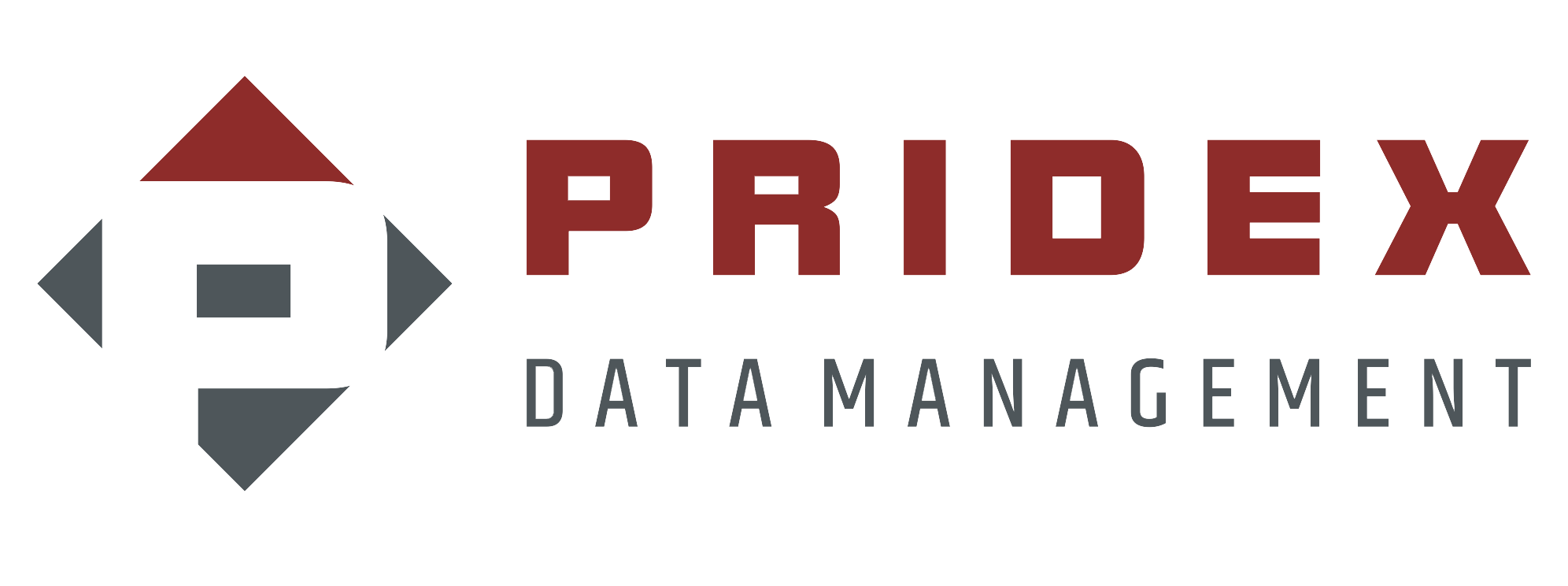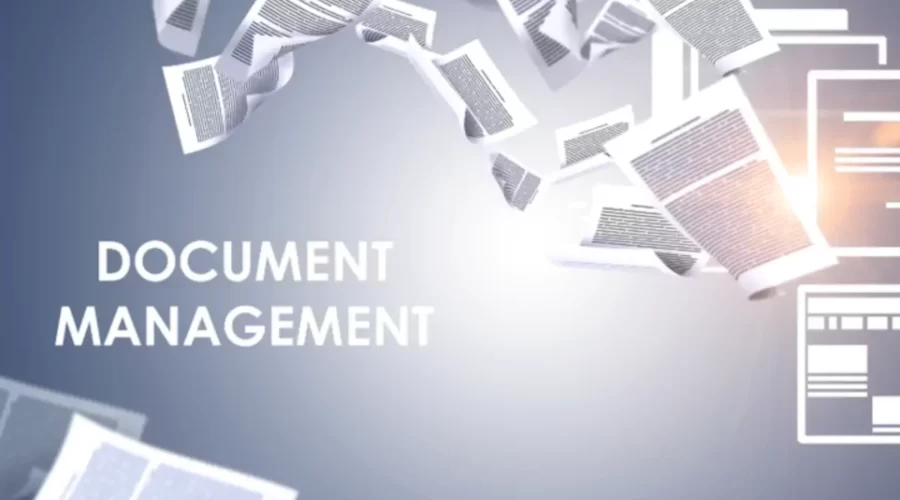In a world that’s becoming increasingly digital, the concept of managing documents without paper is no longer a futuristic dream—it’s the way forward. The age-old practice of storing documents in file cabinets and handling endless stacks of paper is giving way to a more efficient, sustainable, and accessible solution: document digitization. In this blog, we’ll explore the reasons behind the shift towards going paperless and how it’s shaping the future of document management.

The Paper Problem
Paper-based document management has been the norm for centuries, but it comes with its fair share of challenges. Some of the common problems associated with paper documents include:
1. Limited Accessibility:
Traditional paper documents are often locked away in filing cabinets, making them accessible only to those physically present in the office. This limits collaboration and hampers remote work capabilities.
2. Space and Storage Issues:
Storing paper documents consumes valuable office space, and as the volume of documents grows, so does the need for more storage space.
3. Vulnerability to Loss and Damage:
Paper documents are susceptible to wear and tear, damage from natural disasters, and loss due to misplacement.
4. Inefficient Retrieval:
Finding specific information within a stack of paper documents can be a time-consuming and frustrating task.
The Digital Revolution
The digital revolution has introduced a transformative solution to these challenges: document digitization. Here’s why it’s gaining momentum:
1. Accessibility Anytime, Anywhere:
Digitized documents can be accessed from any location with an internet connection, fostering collaboration among remote teams and allowing for efficient document sharing.
2. Space and Cost Savings:
By eliminating the need for physical storage, organizations can reduce costs associated with office space, printing, and paper supplies.
3. Enhanced Security:
Digital documents can be encrypted and protected with access controls, reducing the risk of unauthorized access, loss, or damage.
4. Efficient Search and Retrieval:
Digital document management systems often feature powerful search capabilities, allowing users to locate quickly and retrieve the information they need.
5. Environmental Benefits:
Going paperless reduces the environmental footprint associated with paper production and disposal, aligning with sustainability goals.
Implementing Document Digitization
To embrace the future of document management, organizations should consider the following steps:
1. Assessment:
Identify the types of documents to be digitized and priorities them based on their importance and frequency of use.
2. Scanning and Conversion:
Invest in high-quality scanning equipment or outsource scanning services to convert paper documents into digital formats.
3. Digital Storage:
Select a secure and reliable digital document management system to store and organize digitized documents.
4. Data Backup and Security:
Implement robust data backup and security measures to protect digitized documents from loss or unauthorized access.
5. Training and Adoption:
Ensure that employees are trained in the use of the new digital document management system and encourage its adoption.
Going paperless isn’t just a trend; it’s a practical and sustainable approach to document management that enhances productivity, reduces costs, and supports the digital transformation of businesses. By embracing document digitization, organizations can pave the way for a more efficient and agile future in which information flows seamlessly in the digital realm. The future of document management is here, and it’s paperless.





